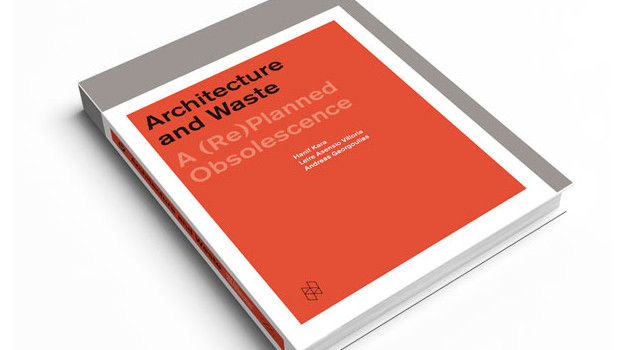
ARCHITECTURE AND WASTE
A (re)planned Obsolescence
This book presents a refreshed, design-led approach to waste-to-energy (WTE) plants, reflecting work done at Harvard’s Graduate School of Design over a period of three years. Architecture and design currently play a minor role in the design and construction of industrial building types, especially waste-to-energy facilities. As densities increase and consumption patterns change, the need for more waste-to-energy facilities is only going to increase. Through comparing the well-established waste-to-energy industries in Sweden with less established engagements in the northeast of the United States, opportunities and lessons are revealed. Architects have a role to play in integrating waste-to-energy plants physically and programmatically within their urban or suburban contexts, as well as potentially lessening the generally negative perception of energy recovery plants. These hybrid WTE building typologies have the potential not only re-connect and communicate to the public, but also weave new public or institutional programs with energy production in a mutually beneficial way.
Editors: Hanif Kara, Leire Asensio Villoria, Andreas Georgoulias
More info: actar.com/architecture-and-waste/



